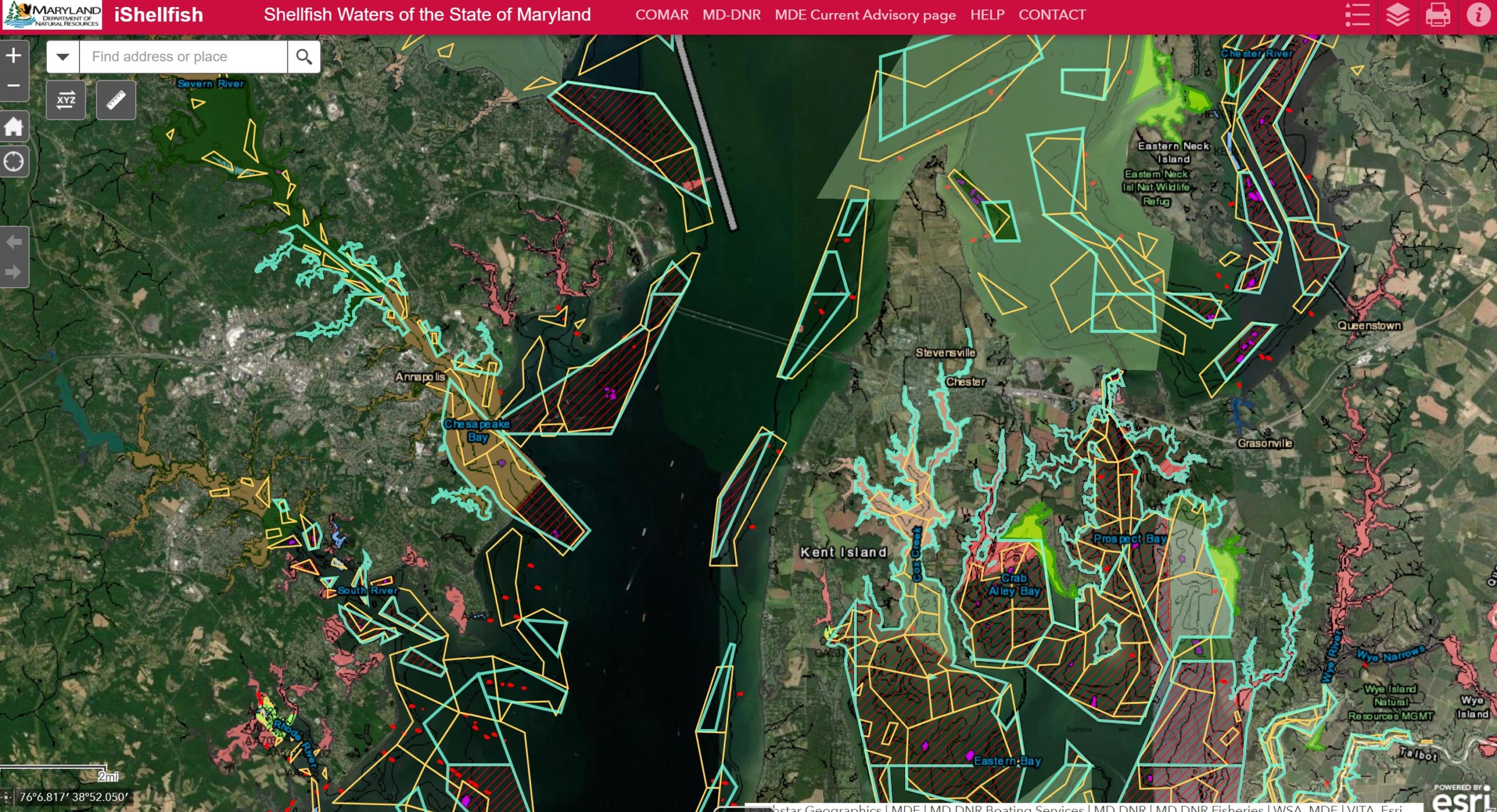A dustup over the environmental impact of naval weapons testing in the Potomac River has been resolved, at least for now. The U.S. Navy has agreed to settle a lawsuit filed by two environmental groups over the long-running activity by applying for a pollution discharge permit.
A federal court in Maryland approved a consent decree on Jan. 10 that requires the Navy to apply for a permit from the Maryland Department of the Environment covering any munitions or other test materials that wind up in the river.
The decree resolves claims made in a lawsuit filed in June 2023 by the Potomac Riverkeeper Network and Natural Resources Defense Council. They contended that the Navy has been violating the federal Clean Water Act by firing munitions and releasing chemicals into the Potomac near Dahlgren, Virginia, without a discharge permit.
As Chesapeake Bay Magazine‘s Cheryl Costello reported, Navy has used the Potomac for more than a century as a proving ground to develop and test small arms, large-caliber guns, explosives, lasers, propellants and targeting systems. The 51 nautical mile stretch of the river downstream from the Naval Surface Warfare Center, Dahlgren Division has been the nation’s largest over-water firing range, the groups’ lawsuit said.
A 2013 environmental impact statement prepared by the Navy said it annually fires about 4,700 large-caliber projectiles from Dahlgren and sets off more than 200 explosions in the river. It also said it releases substances over the water 70 times a year on average to simulate chemical or biological attacks.
Until now, the activity has gone unregulated, the groups complained, even though they estimated the Navy discharged more than 33 million pounds of munitions into the river since test firing began in 1918. They contend the cannon shells and rockets contain toxic metals, solvents, explosives and other potentially harmful constituents.
The weapons testing at the Dahlgren facility stirred controversy a year ago when boaters and watermen learned of the Navy’s proposal to expand its “danger zone” in the river for various testing activities, including the release of “airborne chemical or biological agent simulants, directed energy testing and for operating maned or unmanned watercraft.”
Their initial concerns about the impact of repeated closures of the river to watercraft during testing shifted to water quality after Potomac Riverkeeper Dean Naujoks informed them about the volume and kinds of material the Navy had put in the river.
A Navy official initially maintained that the service did not need a permit and that the U.S. Environmental Protection Agency and Maryland and Virginia had concurred. But the environmental groups said that by law the service either needed a discharge permit or a presidential exemption from that requirement, neither of which it had.
In the consent decree, the Navy admits no wrongdoing but agrees to apply for a permit within 30 days. It also agrees to share with the environmental groups all unclassified or nonconfidential information it provides to MDE in its permit application. The groups reserve the right to oppose the permit. And U.S. District Court Judge Deborah Chasanow retains jurisdiction over the case until the final discharge permit is issued.
Virginia waterman Michael Lightfoot welcomed the settlement, saying he is “concerned about water quality and how it could impact our fish and crabs that enable our livelihoods.”
Naujoks pledged to work through the state regulatory process “to ensure that Maryland issues a permit that fully protects water quality in the river.”
The two environmental groups had also accused the Navy last year of violating the federal Endangered Species Act by not considering the impacts of its weapons testing on protected critical habitat in the river for endangered Atlantic sturgeon. The Navy has agreed to study and consult with the National Marine Fisheries Service about whether its activities are harming sturgeon habitat.


